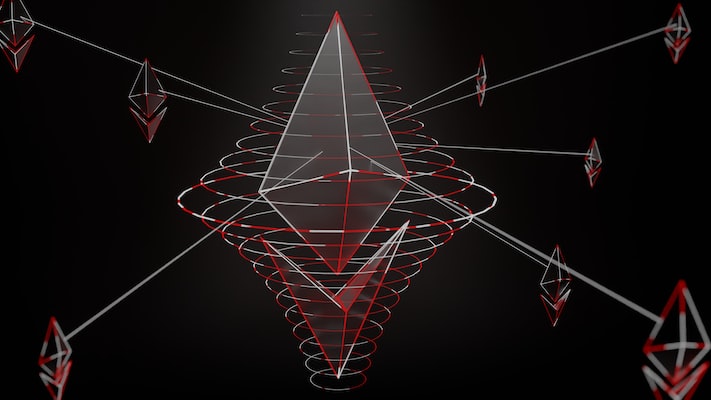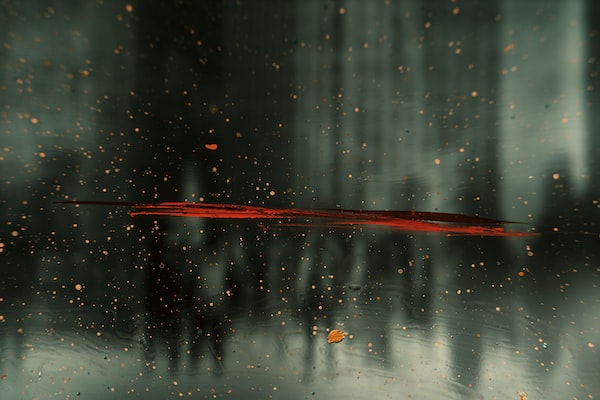When it comes to laser cutting, it is important to choose the right plywood for the job. With the variety of materials and plywood thicknesses available, selecting the best one for your project can be a daunting task. This guide will provide you with all the information you need to select plywood that will be perfect for laser cutting. You will learn which type of plywood you should use, the importance of grain pattern, the advantages and disadvantages of different types of plywood, and tips for buying the right plywood for your project.
Examine the Type of Plywood Available
Birch Plywood
When it comes to laser cutting, one of the most important factors to consider is the type of plywood you use. Of the various plywood types available, birch plywood is often a great choice, as it is perfect for laser cutting. Birch plywood is made up of multiple layers of Birch veneer that are bonded together with a strong adhesive.
Baltic Birch Plywood
When it comes to choosing the right plywood for laser cutting, Baltic Birch Plywood is a great choice. With its uniform, cross-grain construction, Baltic Birch Plywood is very stable and able to resist warping or cracking better than many other types of plywood. Additionally, its birch veneer gives the plywood an especially smooth surface, which is excellent at reflecting the laser beam.
This helps the laser cut more consistently and accurately, leading to cleaner edges in your finished project.
Bending Plywood
When you are looking to use laser cutting for your projects, it is important to select a type of plywood that is suitable for the process. This can be a difficult choice as there are many different types of plywood available which vary in quality and price. One type of plywood that has become increasingly popular in laser cutting projects is bending plywood – also known as flexible plywood.
Bending plywood is a type of plywood that has been specially developed to be more flexible than standard plywood. It is perfect for laser cutting projects because it can be easily curved, bent, and twisted into unique shapes and forms.
Hardwood Plywood
When it comes to laser cutting, using the right plywood is key. Hardwood plywood is an incredibly versatile material that can be used for laser cutting projects of all kinds. It is generally made up of five or more layers of wood veneer glued together with alternating grain direction in each layer.
This inter-layering is what gives the plywood strength, while still keeping its weight relatively light.

Consider Thickness and Grade
Look For a Thickness of 0.118″
When it comes to laser cutting, choosing the right plywood is key. It is important to look for a thickness of 0.118″ for the best results. Thicker plywood can hinder the effectiveness of a laser cutter and may even cause your cutting table to stop working.
Additionally, the grade of plywood that you choose also needs to be considered. When laser cutting, it is best to use 1/4″-thick plywood that has an B-grade or may even better grades, depending on the job you are working on. If a project requires a higher-grade material, then it may be necessary to invest in a thicker piece of plywood.
Check the Grade Number
When it comes to laser cutting, the type of plywood you use is integral to your end product’s quality. After deciding on the exact size and thickness of the plywood you need, you should look closer at the grade of the plywood you’re using to guarantee a successful cut. Most plywood is labeled with a grade number that you can use to easily determine its quality and desired use.

Know Your Project Requirements
Consider the Finish
When it comes to choosing the right plywood for laser cutting, one of the most important factors to consider is the finish. Laser cut plywood usually has a very smooth and clean finish, which is what you want for any project involving intricate cuts or precision measuring; the laser will be able to accurately cut through the material with no rough edges. But there are also certain types of plywood finishes that won’t work well with certain laser cutting techniques.
Choose the Right Weight
When it comes to laser cutting, you need to make sure you choose the right weight of plywood for the project you are working on. Choosing the appropriate weight of plywood can mean the difference between success and failure. Generally, the thicker and more dense the plywood, the better quality it is for laser cutting and the more likely it is to perform well.
The most suitable plywood for laser cutting usually ranges between 1/4″ and 1/2″ thick, but it should ultimately be determined by the specific needs of the project.
Determine the Size
When it comes to laser cutting, one of the most important aspects to consider is what kind of plywood you need to use. Choosing the right type of plywood will ensure your laser cutting project is a success. The first step in selecting the optimal plywood for your project is to determine the size of the object you’re creating.
Before you go out and purchase your plywood, measure the size of the object you’re creating.
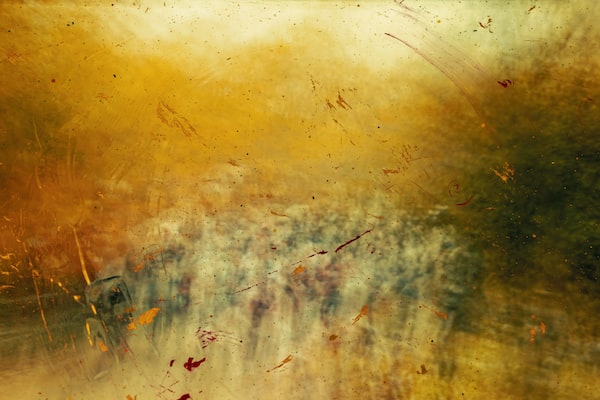
Be Familiar With Models and Brands
Analyze User Reviews
When it comes to selecting the right plywood for laser cutting, user reviews can be very helpful. User reviews provide an honest, unbiased account of how well the material performed for them and can be used to compare various models and brands. To analyze user reviews effectively, there are a few key things to keep in mind.
First, look at the overall rating given to the plywood. A higher rating indicates better performance and quality, while a lower rating might indicate potential problems with the plywood. Often, the reviews themselves will highlight the good and bad aspects of the product, so read them carefully.
Second, consider the different models and brands of plywood that have been reviewed.
Compare Prices
Comparing prices is an important step in choosing the right plywood for laser cutting. Prices vary based on the type of plywood, the brand, and the size. Therefore, it is important to factor in the size and type of plywood you need when comparing prices.
High-quality plywood can sometimes be more expensive than lower-quality options, so it pays to do your research and compare prices. When comparing prices, it is also important to be aware of factors such as warranties and shipping charges, which may be excluded from the retail price. It is also helpful to compare prices from different brands and styles of plywood.
This can help to ensure that you are getting the best plywood for your laser cutting project.
How thick of plywood can an 80 watt laser cut?
When it comes to laser cutting, the type of plywood you use makes a big difference in the quality of the cut and how much detail can be achieved. While it may be tempting to use the cheapest plywood available, you’ll get much better results if you take the time to select the right plywood for the job. When using an 80 watt laser cutter, the maximum thickness of plywood you can use for the job is about 1/4 inch.
Thicker planks of plywood will not be able to be cut efficiently by the laser cutter and may cause damage to the machine if an attempt is made.

Can you laser cut any plywood?
No–you cannot laser cut any plywood. Different types of plywood have different characteristics that can affect the quality of the laser cutting process. While some plywood types are suitable for laser cutting, other types are not suitable and could result in a bad cutting job.
Generally, the laser cutter should be set up according to the plywood being cut. For best results, use plywood that is at least 3mm (1/8″) thick and has no coatings, paint, or other materials added to its surface.
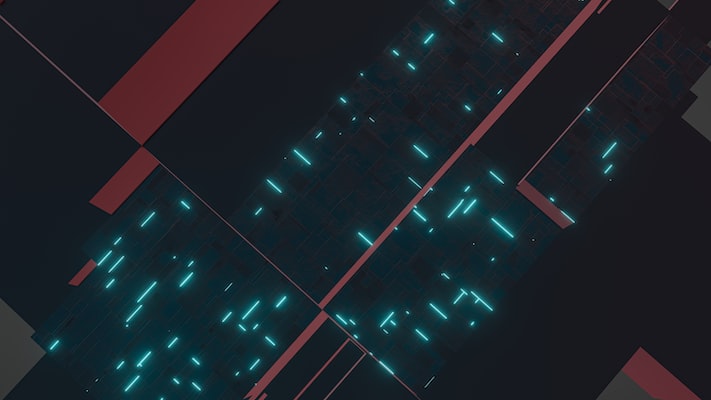
Can you laser cut 1/4 plywood?
Plywood is a popular material option for laser cutting projects thanks to its affordability and ease of manipulation. But with various plywood thicknesses, it’s important to choose the right one for a successful laser cutting job. Yes, you can laser cut 1/4 inch plywood depending on the type of wood and its density.
Thinner woods such as balsa and basswood are the best choices because they are easier to manipulate and will give a great finished product with laser cutting. On the other hand, hardwoods such as maple and oak are more dense and will be more difficult to make precise cuts with a laser cutter.
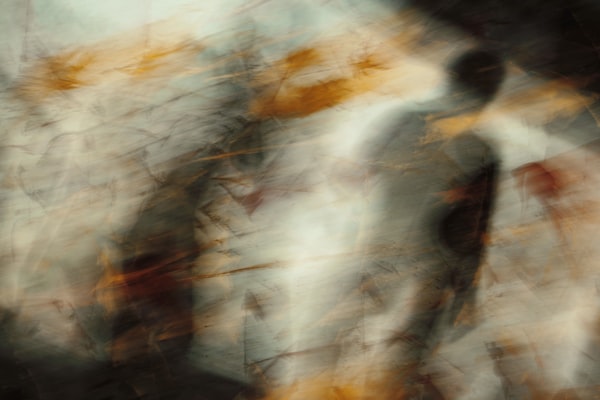
Conclusion
Why Plywood is Ideal for Laser Cutting
Plywood is ideal for laser cutting because it offers good durability and is relatively inexpensive compared to other materials. It is also relatively light weight, making it easy to move around and manipulate, meaning less energy and time spent on getting your laser cutting job done. Plywood is also easily machinable, which means it is easy to cut and shape using lasers.
The material is also highly resistant to warping and splintering, making it ideal for the precision laser cutting technology requires.
Tips for Choosing the Right Plywood
Conclusion At the end of the day, choosing the right plywood for laser cutting can seem like a daunting task. However, understanding the basics of plywood varieties and laser cutting capabilities can help make finding the best option easier. To choose the right plywood for laser cutting, you should understand the project requirements, consider the properties of each plywood wood species, and ensure that the plywood species is rated for use with a laser cutter.
Additionally, you should pay attention to the plywood’s thickness and density and evaluate the laser cutter’s capabilities to make sure that the plywood you are choosing is the best option for the job.
